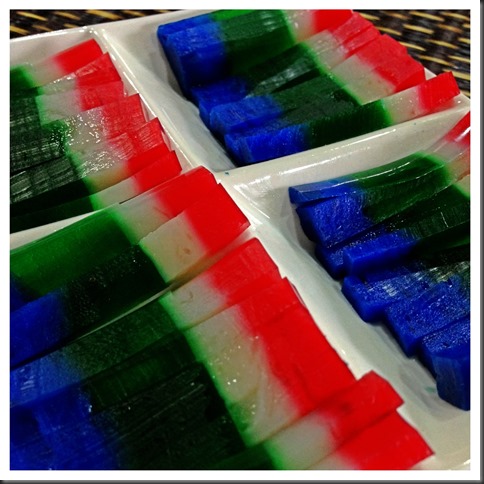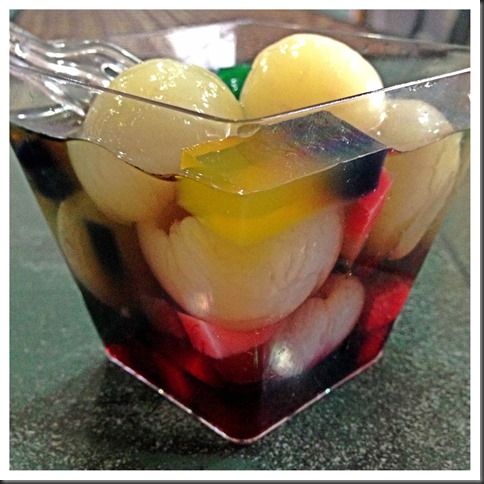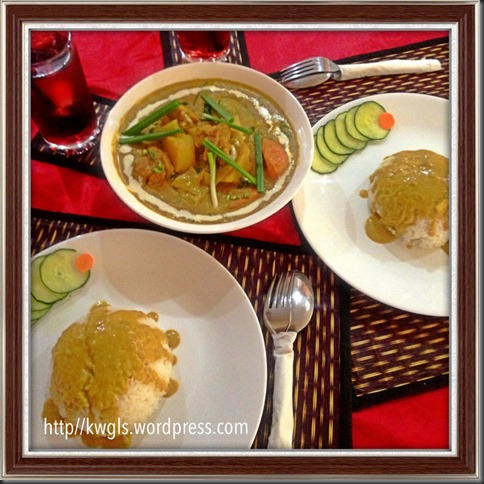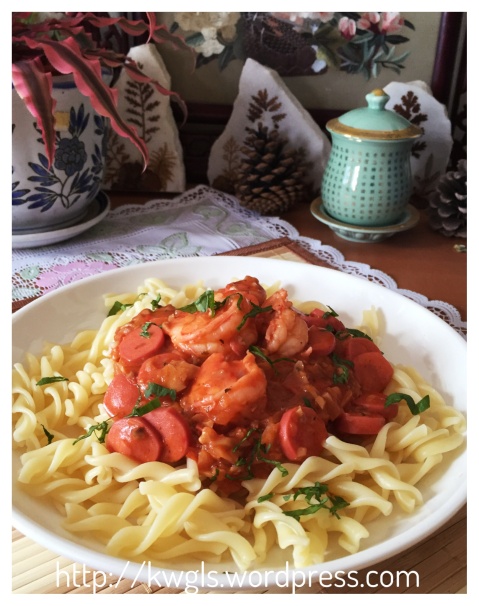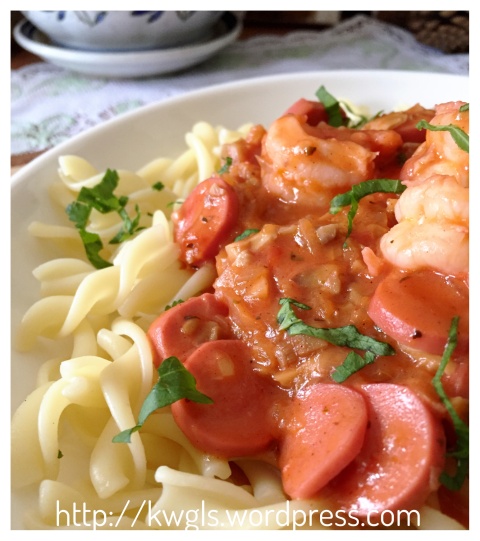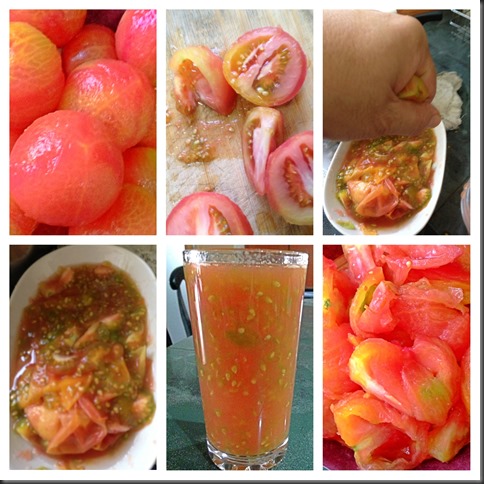
On 25-7-2013, Chicken rice served with sweet kernel corn and mushroom soup.
As I have not cook chicken rice for quite a while, I have decided just to have a one dish dinner – Hainanese Chicken Rice. You can refer here for my detailed write up on the preparation of Chicken rice. Alternatively, you can refer to Guaishushu’s Facebook page for simple pictorial instructions.

If you really observe the first picture, do you realize something are missing? Yes, two things were missing! A very important garnish vegetables, cucumber slice. I always find that without cucumber slice, the whole chicken rice is missing something. Do you agree with me?
Secondly, there is a lack of green vegetable today. Usually, I would have a plate of blanched vegetable to go with it but because today is Friday, I have finished all the green vegetables in the fridge, Haha. I have said before in my earlier post, usually Sunday to Tuesday or Wednesday are leafy green vegetables and Thursday to Saturday are usually beans, melons or roots type of vegetables because it can be kept longer. We do marketing once a week and I am a rational cooker, I cooked based on First In First Out principle… I don’t usually cook impulsively..

As I have additional chicken stock from simmering the chicken, I have decided to open a canned kernel corn and turned it into a corn soup. When I made the cake yesterday, I have some egg whites left and I just stir and “throw” inside the soup. It become a simple soup like the one you have in the chicken rice store.
Usually, when I cooked chicken rice, I will cook more than what is required. The rationale is that it take some efforts to prepare chicken rice, why not prepare some more. In addition, any left over chicken rice can be “recycled” and is a top choice for fried rice. Since it is already “marinated” rice and you need not to add much condiments and oil when you fried it.
Other than frying overnight chicken rice, we used to make it into chicken porridge for next day’s breakfast. After simmering the chicken, if you still have the chicken stock left, just keep it. In the next morning, just throw in the left over chicken rice, any chicken meat left (of course de-boned and possibly shredded into floss), add in a bit of condiments, it will become a bowl of chicken porridge.
Will it harm you to eat overnight food? I do not want to think about it and as long as it is properly kept with no possibility of contamination, it should be ok. How about how grandparents or parents? Is it not the Westerners used to heat up frozen foods that were prepared well in advance?

Other than the above, the project of the day included the following:
Impromptu Ixora Birthday “Cup Cake”
Preparing an impromptu birthday cake for one of my internet friends who “requested” me to “bake” a birthday cake for her and wish her happy birthday over the internet. This cake is decorated with ixora flowers which is abundant in Malaysia and Singapore.. Do you mind if someone posted this cake to your timeline wishing you happy birthday?

Butterfly Cupcake

This is an extremely simple cup cake recipe. Add all ingredients and mixed well, bake and you get the cake. It was served with cream and strawberry jam as the basic cup cake have very little sugar. it was dusted with sugar powder. Do you think it will taste nice?
Rose Cake
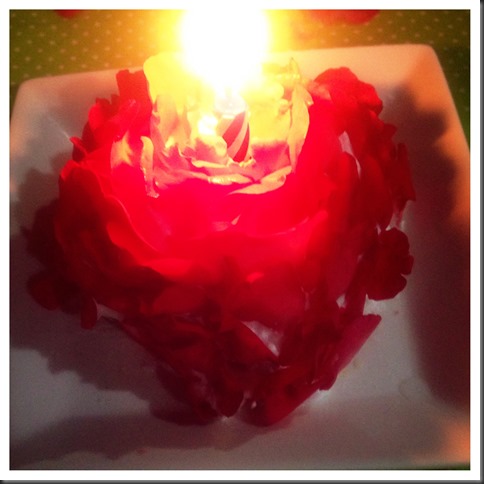
This should be a celebration cake but need further modifications. I am doing in a rush and therefore the workmanship is really terrible. Haha.
Modified Version of Raas Malai
This is a dessert originated from India and an extremely popular in South Asia. It was served in wedding ceremony and other important festival occasions. Traditionally, the raw ingredients are paneer (Indian Cheese) and milk. The recipe is adopted from http://free-advertising-ey.blogspot.it/2013/07/raas-malai-sweet-from-bangladesh.htmlk with some modifications to suit the Chinese taste buds. Modifications include reducing the use of spices such as cinnamon, cardamon and etc.. In addition, strawberry were added.
As this dessert look milky and cheesy, I have decided to let my kids try out the dessert exposing them to more international cuisines. The preparation are rather coincidence. This afternoon when I have over whipped my cream, I thought I might as well used this over whipped cream to make the dessert. I added fresh milk to the over whipped cream and heat until it boiled. Knowing that my kids will not really like spices like cardamon, cinnamon , I have decided to tailor it to a more Chinese taste buds. I meshed 5 ripe strawberries and add to the milk and let them boiled together with the milk.
As for the cheese balls, I have used mozarella cheese to make it instead of paneer or cheddar cheese. I meshed 2 strawberries, added to the cheese, added 1 tablespoon of water and shaped it into small balls. My balls are rather small compared to the authentic because I know my kids wouldn’t be able to take such a big cheesy ball. I dropped the balls to the cool milk and put in the fridge. During serving, I found it too creamy (possibly due to my over whipped cream), I have further diluted with cold fresh milk and cut slices of fresh strawberry to go with it.
Verdict: Extremely nice sweet milky soup with strawberry flavour. As long as you like milk, I do not think you have any reasons not to like it.
As for the cheese balls, my girls can take all but my boys feels a bit too rich and salty to him. As for me, I loved the cold milk but for the cheese balls, one or two should be Ok but not too much as when I was young, Chinese were not exposed to ” cheesy things”…. Haha.. I will say those who like cheese, go ahead and make this milky desserts.. It is just delicious.

LASTLY, HOPE YOU LIKE THE POST TODAY! AND HAVE A NICE WEEK END.

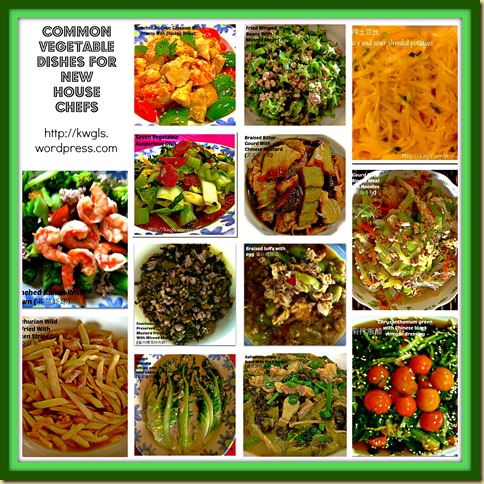













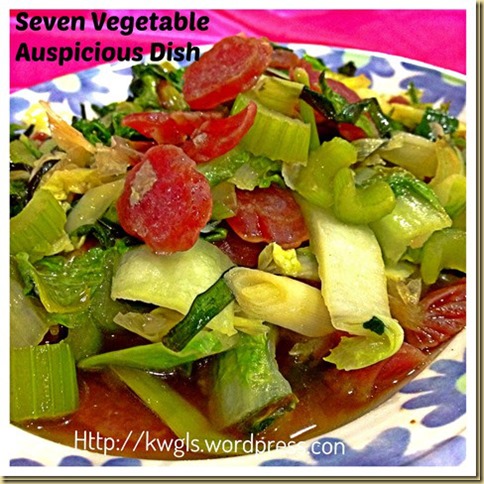
![group-board-picture72222222222222222[1][2] group-board-picture72222222222222222[1][2]](https://kwgls.files.wordpress.com/2014/03/group-board-picture72222222222222222121.jpg?w=490&h=249)








